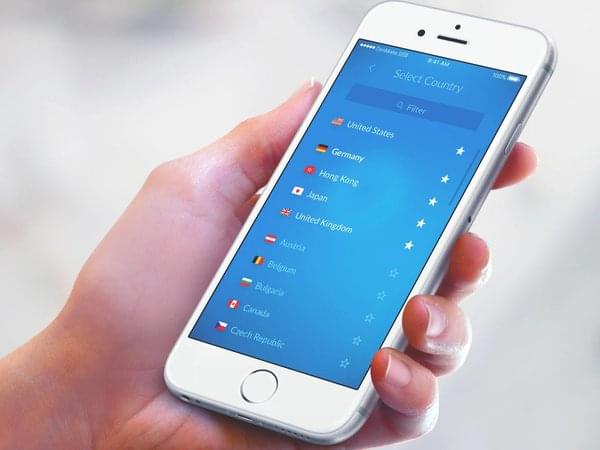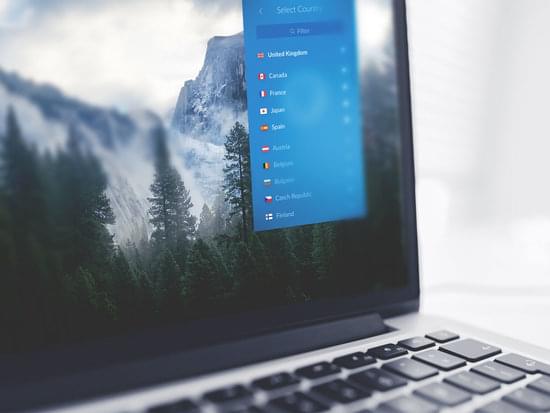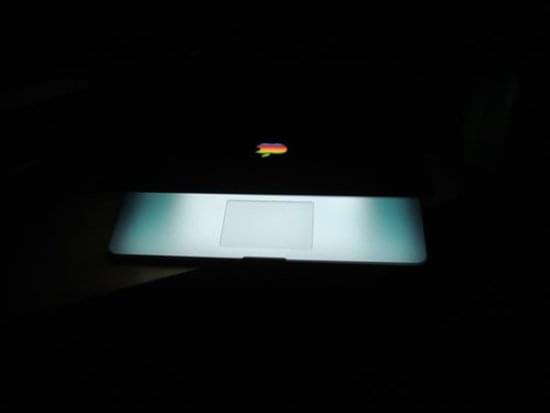The Dangers of a Public WiFi
On one hand, public WiFi can be a godsend. You are stuck in an airport and can get work done, surf the Internet without using your data, or avoid that hassles of tethering. Or, you can go down the street to that Starbucks with a nice outside terrace, allowing you to get some work done without the same four walled cubicle staring straight at you. Public WiFi has become such an integral part of our everyday lives that many people do not think twice about connecting to an unfamiliar network.
However, because we are so used to these WiFi hotspots, we forget or are not simply aware of the real dangers these hotspots hide. Never using public free WiFi hotspots is simply not realistic, and is in fact simply not practical in today’s world. There are ways to protect yourself though while using hotspots, but what exactly are you trying to protect yourself from?

Threats of Free WiFi Hotspots
The three most common dangers you face when you connect to a public WiFi network are malware, WiFi sniffing, and man-on-the-middle attacks.
Malware
Malware is malicious software installed on your device without your consent or knowledge. Usually, this is due to the malware being hidden in a "legitimate-looking" download request of some kind. One of the reasons malware poses such a severe risk is that when connected to public WiFi or hotspots, hackers can distribute the malware software via this network due to the lack of security measures such as a firewall or encrypted passwords. Especially dangerous is the distribution of ransomware. You are especially vulnerable if file-sharing is enabled on the network. In some cases, hackers are even able to infiltrate the connection point and populate deceptive adverts when you connect to the network.
Clicking on these pop-ups can start a downloading process for malware to be loaded onto your device. Malware can have many different purposes, but two of the more nefarious types of attacks are for the purposes of key-logging and spyware. Key-loggers are able to track the keystrokes or user-activity during your browsing section and spyware enables hackers to collect, store, and sell your personal information and monitor activities.
WiFi Sniffing
WiFi sniffing is another major threat users can encounter when connecting to public WiFi hotspots or networks. Essentially, WiFi sniffing is used to record massive amounts of data traveling on a network in a non-targeted manner. The traffic is then analyzed through a variety of methods to extract the information of interest, such as passwords, identification numbers, and credit cards.
The Man-in-the-middle Attack
Man-in-the-middle attacks are in some ways similar to WiFi sniffing. However, instead of using software to collect the information passed through the network, the hacker instead inserts an entirely new network between the user’s computer and the WiFi network point of connection. What this means is that the WiFi network is almost masked, covered with a new point of connection which is the hacker’s device or terminal. Therefore, if a user is accessing a secure, HTTPS or encrypted website, that information still may or may not be safe from this type of sophisticated attack as the hacker can store the network information.
Protecting Your Identity, Protecting Yourself
Simple Recommendations for Security
Public WiFi is becoming ubiquitous, as is our need for mobile computing. With laptops, tablets, smartphones, wearable technology, and as-yet-unknown technological advances on the horizon, we should be lauding the availability of public WiFi networks. However, in order to enjoy their benefits, we need to take appropriate and necessary steps to protect ourselves. There are a few things you can do when connecting to public WiFi hotspots to minimize risk of having you information stolen or compromised.
Avoid sending and accessing sensitive information: If you are planning to do some online banking, perform sensitive tasks for work, or even access your personal social media accounts, try to avoid doing so while connected to WiFi hotspots due to the multiple risks discussed earlier.
Do not auto-connect to available WiFi networks: Sure, it saves you a few moments if you are auto-connecting. However, many public WiFi hotspots throughout cities and establishments carry the same names and entry requirements. Therefore, when walking around or simply ordering a Starbucks coffee to-go, you could be auto-connecting and putting yourself at risk for minimal reason or connection time. Connect to WiFi networks you know - do not simply connect to any free WiFi thinking you are getting a risk-free ride.
Use a VPN: The best way to protect yourself, regardless of device and network, is by using a VPN (Virtual Private Network). A VPN masks your devices location and identity by rerouting your IP address to your selected VPN server. In addition, a VPN also functions as its own network with personal management and security tools, allow you to have encrypted browsing sessions and improving your overall user safety.

If you realize that your computer has become infected and you are a victim webcam hacking, make sure to contact your internet provider and report the issue. If someone is already blackmailing you, then you should contact the police as soon as possible.
Other Concerns With Public WiFi Hotspots
Additionally, hacker and "malicious" information collection should not be your only concerns regardless of whether you are connected to your own or a public WiFi network. Many apps and websites are tracking you and collecting information. Sometimes, this collection is helpful and non-harmful as it is aimed at improving your user experience. Other times, personally identifiable information, even that collected by a reputable company, can end up in the hands of hackers. To learn more about this topic, check out our guide on Data Mining. If you truly want to protect your personal information, you must consider that it is being collected non-stop by various different entities online. Even trusted apps such as Waze, Facebook, Facebook Messenger, and so forth are collecting and transmitting data regarding your activities online.
VPNs as a Solution
VPNs are an affordable and very secure way to make the most of your desktop and mobile computing devices security. While there are free VPN services, these are often less secure and have fewer server choices and safety protocols than those which are paid. You can even find VPN providers that are able to protect each of your devices, sometimes even an unlimited number of devices with one account. When searching for a VPN, be aware of what kind you want and pay attention for services which utilize strong encryption protocols and no log policies so you can ensure your data is secure, private, and anonymous.








